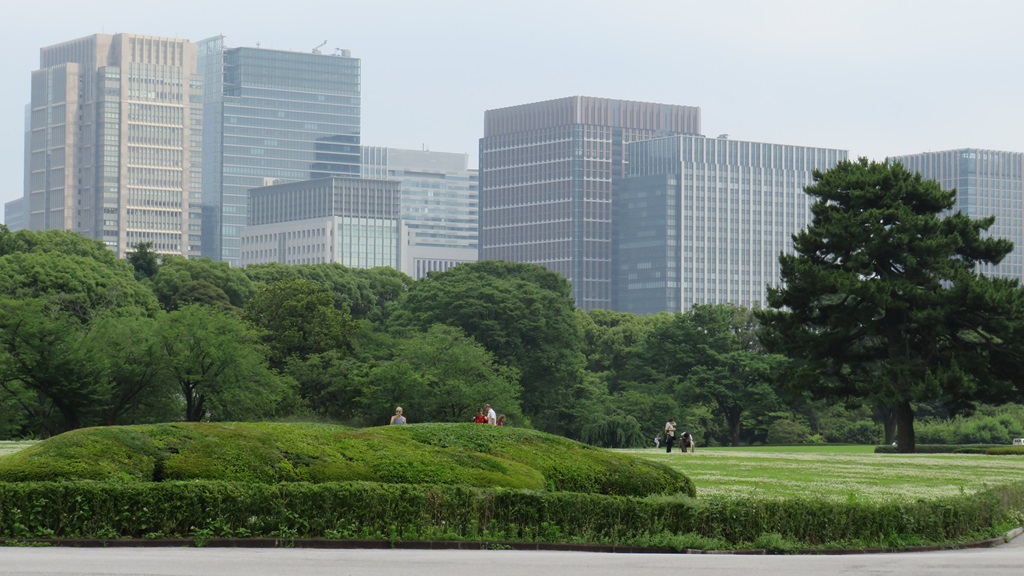
I recently took a business trip to Tokyo and wanted to try to see some of the common urban birds in the world’s largest metropolitan area (pop. 36,000,000+). There are precious few parks and gardens that appear large enough to support many species, and I wanted to see some of the sights as well (this was only my second trip to Japan), so I decided one of the best combinations of sightseeing and birding was the East Gardens of the Imperial Palace. So that is where I went for the first birding of my trip.
According to the Wikipedia entry for the East Gardens:
The building of the modern gardens began in 1961. The garden is over 210,000 square metres. The garden was completed in 1968, and was opened on October 1 that year. It is been open to the public unless needed for court purposes or public holidays.
Much of the grounds of the Imperial Palace are closed because it is the residence of the Emperor of Japan, but the East Gardens are open and free to the public. Since I only had one eBird checklist from my earlier trip and have not otherwise birded anywhere in Asia, even many of the most common birds would still be new to me.
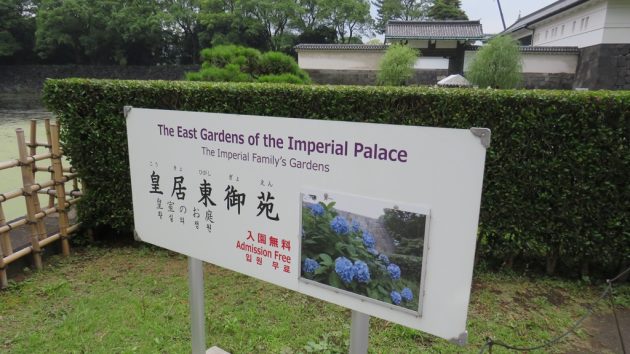
The Imperial Palace and its East Garden are near Tokyo Station and are right in the center of the city. The eBird hotspot is “Chiyoda Ward–Imperial Palace–East Gardens” (eBird bar chart) and there have been nearly 300 checklists submitted and 91 species have been observed. That seems like a remarkably low number of checklists for such an enormous city with so many visitors. (The historically weak yen has made Japan a magnet for foreign tourists. Right now $1 = approximately ¥160.)
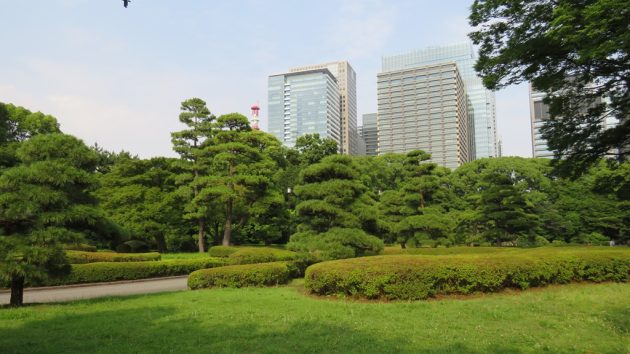
Although common birds, Oriental Turtle-Dove, Brown-Eared Bulbul, White-Cheeked Starling, and Gray Heron (technically not in the garden, as it was just outside the palace walls) were all lifers for me. Large-Billed Crow was not a lifer, but it is well-named. (Although the eBird bar charts suggested it was common, I did not see an Eastern Spot-Billed Duck at all during my visit.)
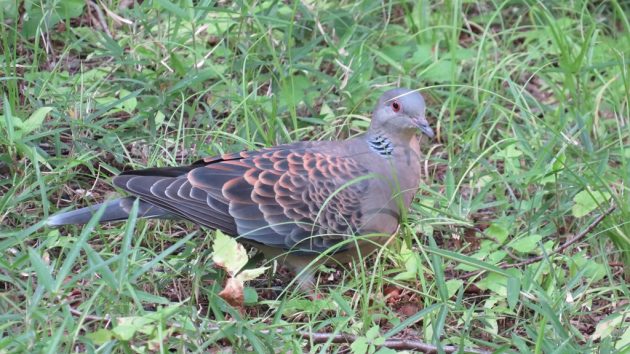
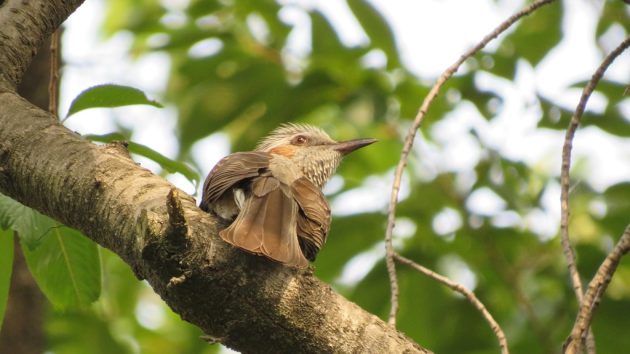
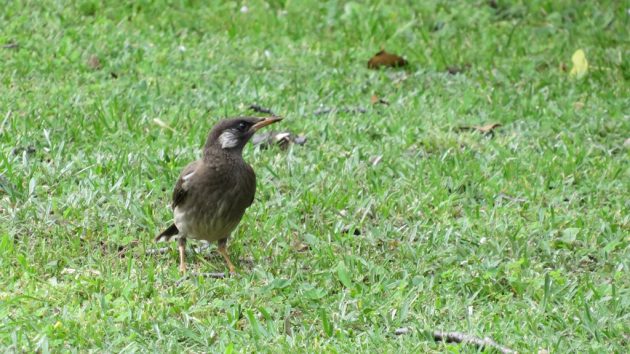
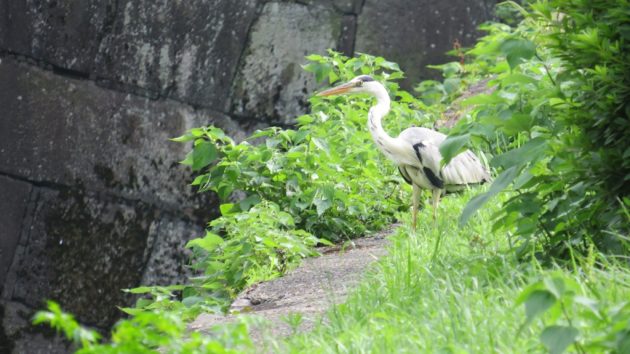
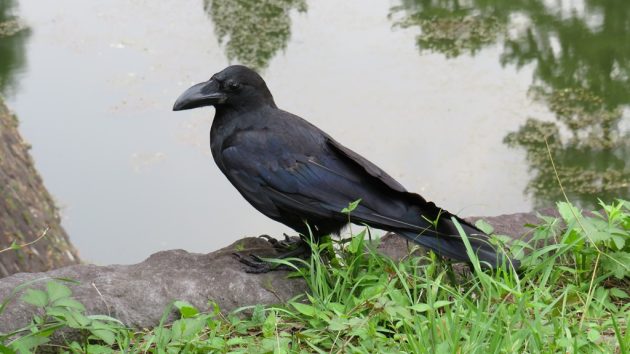
The gardens are lovely, and there is a splendid area called Ninomaru Woods that was planted in the 1980s to mimic a then-rural area west of Tokyo that was being lost to suburbs.
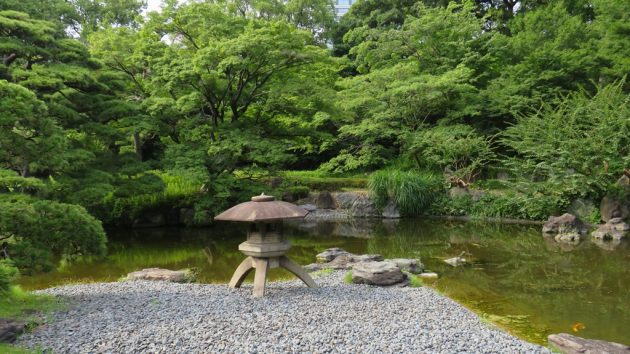
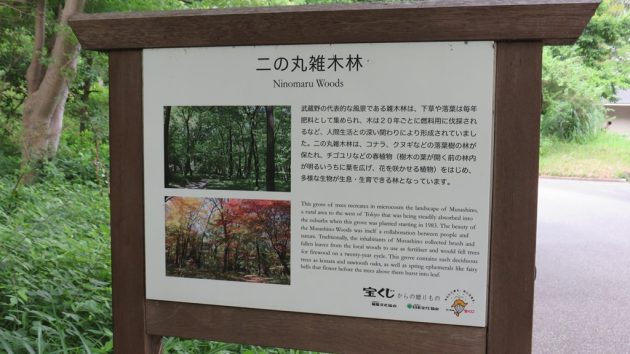
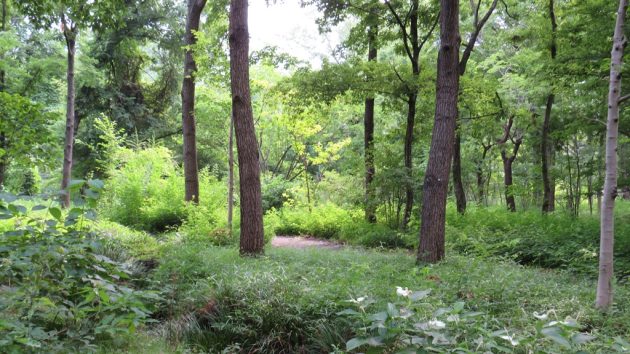
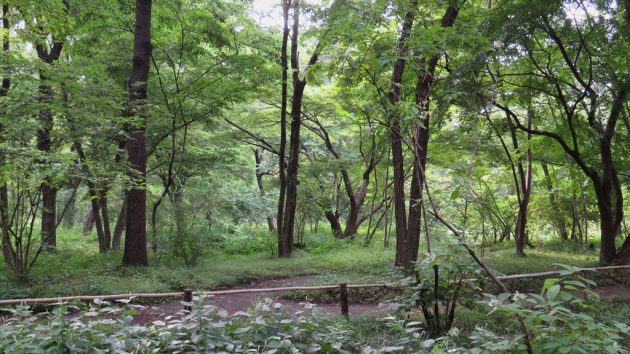
The Imperial Palace is surrounded by a moat, and some of the buildings come right up to the moat. The various gates to the Imperial Palace grounds are impressive.
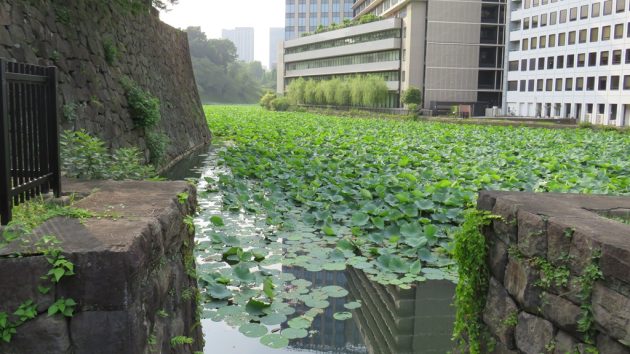
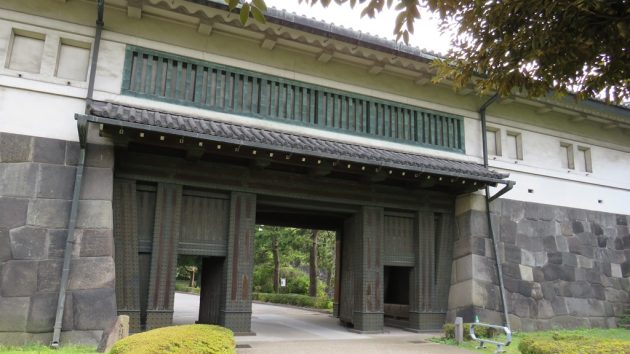
Once you get the hang of it (use Google Maps), the Tokyo subway system is remarkably efficient (and, for Americans, stunningly clean). Thus, trips around the area are relatively quick and easy, even when it is hot and humid and/or raining, as it was for my trip in late June. The eBird track shows how the Imperial Palace grounds are a rare spot of green in the center of Tokyo. The Fukiage Garden is to the left of the track and it contains Fukiage Palace, the main residence of the Emperor. As indicated above, that section is generally closed to the public.
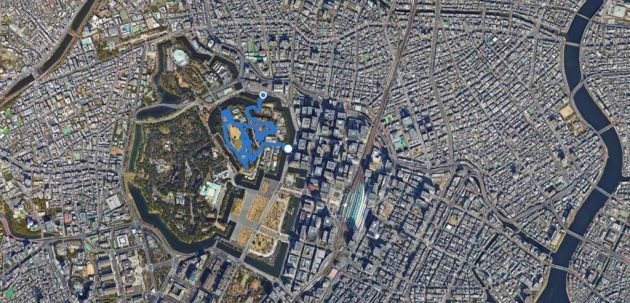
During my trip, I managed a few other quick birding excursions to some of the other large parks and gardens (e.g., Meiji Jingu Shrine and Shinjuku Gyoen National Garden), though most were in the middle of the day and there were crowds of people. A helpful young Japanese birder pointed out a Eurasian Goshawk at Shinjuku Gyoen National Garden, which was a nice surprise. An eBird Trip Report is here (and see below). Nine lifers in five checklists in the center of one of the largest metropolitan areas on Earth is pretty good in my book.
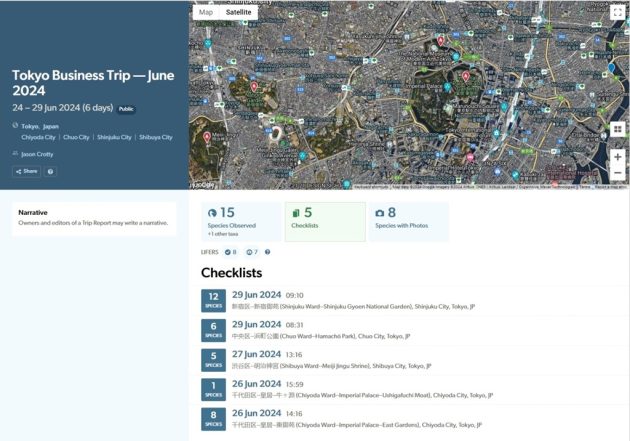
I will surely make more business trips to Tokyo and there are several promising hotspots (e.g., Kasai Rinkai Park, which has nearly 2,000 checklists and 215 species observed) that were too far from the hotel I stayed at this trip. I look forward to returning.



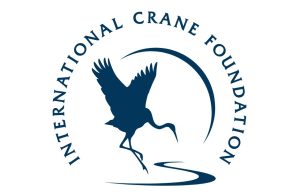







Love Japan, thanks for the insight!
Very nice, Jason. Public parks and gardens in major Asian cities can be surprisingly birdy—I bet you’d have seen a lot more if it wasn’t summer.
Yes, just looking at the places I went this trip, doing the same hotspots from Oct. to Feb. would likely add nearly a dozen new species.